Top 10 Chart Patterns Every Trader Should Know
Chart Pattern is putting all the buying and selling in the stock market. It will provide the graphical representation of all the trading systems to analyze the battle between the bulls and bears markets.
Chart pattern will also help you determine the winning battle to get positive results from the trade. It will analyze the short-term as well as the long term forecasts.
The data can be used by the chart pattern that can be intraday, daily, weekly, monthly, and yearly.
Type of Chart Pattern
There are three main chart patterns as given below:
Continuation Patterns: A continuation signals that an ongoing trend will continue.
Reversal Patterns: Reversal chart patterns indicate that a trend may be about to change direction.
Bilateral Patterns: Bilateral chart patterns let traders know that the price could move either way – meaning the market is highly volatile.
Chart patterns are the basis of technical analysis and require a trader to know exactly what they are looking at, as well as what they are looking for. Here are some major chart patterns that every trader should know:
- Head and Shoulder Pattern
Head and Shoulder patterns will be considered as one of the most reliable reversal chart patterns. This chart will be bullish and the bearish reversal patterns that will go on the peak in the middle and the smaller peak on either side.
It will represent at the pattern the prices rise and form a higher peak than the last peak and it will again decline and reach to the original base. Moreover, Prices again rise to the third peak which is lower than the second peak and it will start declining the base level of the chart pattern.
- Double Top
The Double Top Chart Pattern is another reversal pattern that can be used by the trader a lot. The stock price will be going on the peak and the price retraces the level of support. It will go on the peak once more before reversing back from the prevailing trend.
- Double Bottom
The Double Bottom is the chart pattern totally opposite to the double top. The stock price will be going on the peak and the price retraces the level of resistance. It will go on the peak once more before reversing back from the prevailing trend.
- Cup and Handle Pattern
The Cup and Handle Pattern is the bullish reversal chart pattern that resembles a cup and handles it will where the pattern will be represented at the cup in the shape of the U and handle on the slight downward drift. The cup and handle pattern is similar to the wedge pattern.
On the right side of the pattern, it has a low trading volume that will go short on the seven weeks that will go long in the 65 weeks.
- Rounding Bottom
This example is otherwise called the “Rounding Bottom” and is a long term reversal chart pattern. Adjusting Bottom shows that the stock is changing from a descending pattern towards an upward pattern.
It can require some time from a while to years to raise. It is fundamentally the same as the cup and handles, however, the main distinction is that there is no handle to the example.
- Wedges Chart Pattern
Wedges are bullish and bearish reversal just as continuation designs which are shaped by joining two pattern lines which merge. It very well may be a rising wedge or a falling wedge.
A rising wedge happens when the cost of the stock is ascending over a period while a falling wedge happens when the cost of the stock is falling over a period.
This example can be drawn by using the pattern lines and connecting the peaks and the troughs.
- Pennants
A Pennants or a standard is made when there is a sharp development in the stock either upward or descending. This is followed by a time of union that makes the pennant shape on account of the merging lines. At that point, a breakout development happens in a similar way as the large stock move. Pennants are like flag pattern examples and will in general last somewhere in the range of one and three weeks.
- Symmetrical Triangle Chart Pattern
Symmetrical Triangles can be bullish or bearish continuation Chart patterns that are created by two pattern lines that join.
These two pattern lines join the peaks and troughs and they happen toward the continuous pattern.
- Ascending Triangles Chart Pattern
This triangle shows up during an upward pattern and is viewed as a bullish continuation chart pattern.
Now and again it very well may be additionally made toward the finish of a descending pattern as an opposite form, yet it all the more generally considered as a continuation outline design.
Rising triangles are constantly viewed as bullish examples at whatever point they are framed in the graphs.
- Descending Triangle
The Descending triangle chart pattern is additionally a continuation graph representation. The main contrast is that it is a bearish continuation example and it is made during the downtrend.
Once in briefly, it tends to be likewise made toward the finish of an upturn as an inversion design, however, it all the more regularly considered as a continuation outline design.
References for Forex News:
Share Market in Asia’s Going Worst and Just Got another Jolt
US China Tension Puts Dollar in Spotlight with Stimulas Package
U.S Non Farm Payrolls, China Trade Data Geopolitics in Focus
Dollar Goes Down With Rising of Unemployment Casting on US Recovery

.webp)




Recent Articles
Best Ways to Test a New FX Trading Platform
How to Choose an Online Options ECN Forex Broker
How to Download MetaTrader 4 on PC – Free Trading Platform
Which Currencies Can I Trade on the Forex Market?
Which Forex Brokers Have the Best Leverage